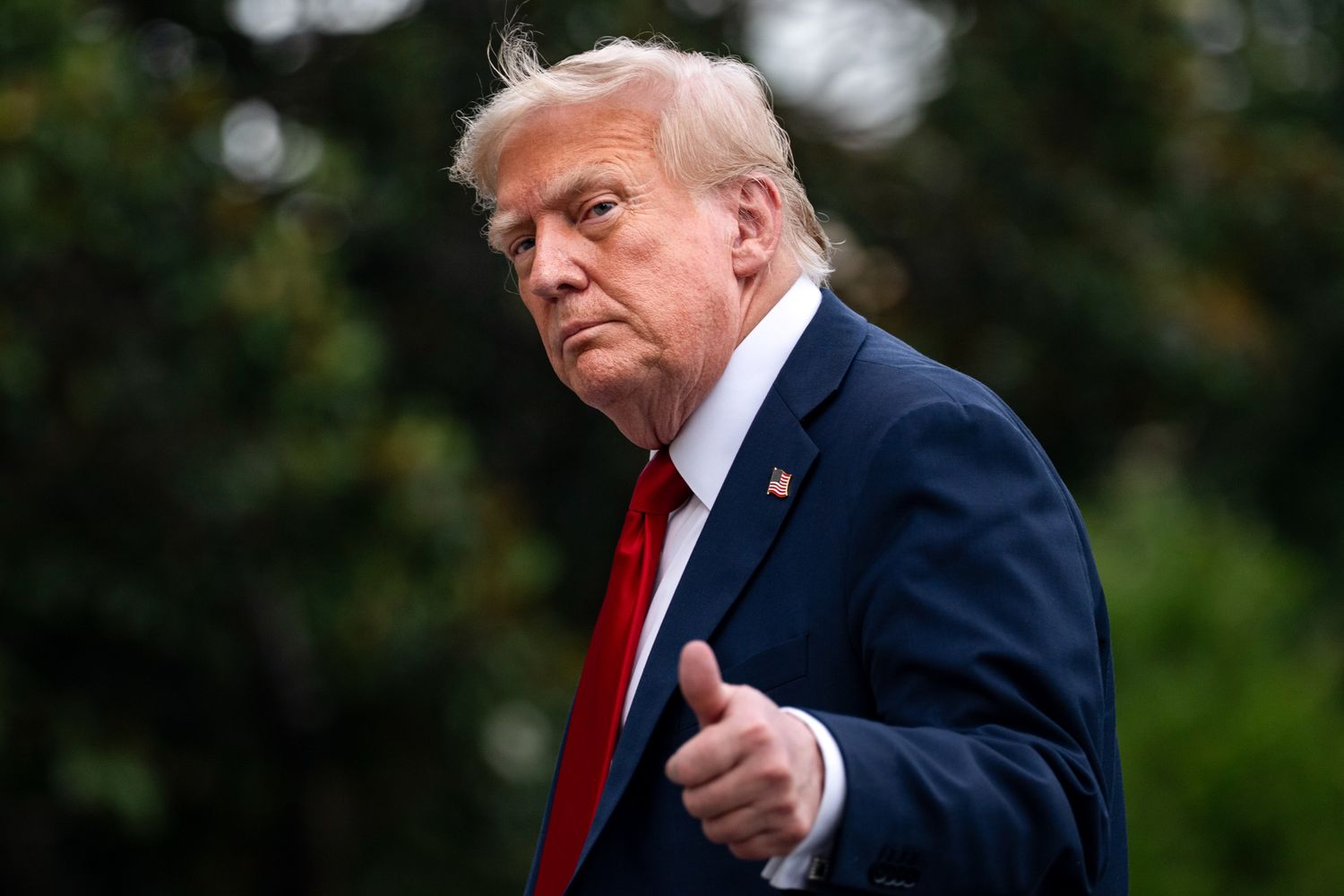U.S. Economy Feels the Pressure of New Tariffs
As President Trump implements sweeping new tariffs in 2025, the U.S. economy is beginning to show signs of strain. Initially delayed or partially applied, the full effect is now materializing. Inflation is rising, with both the Consumer Price Index and the Personal Consumption Expenditures Price Index showing accelerated price increases.
Meanwhile, job growth has slowed. The U.S. Bureau of Labor Statistics reported significantly fewer jobs added than projected in recent months, and previous job numbers were revised downward. The labor market’s cooling is adding pressure to the Federal Reserve as it weighs monetary policy options.
The Yale Budget Lab estimates that the average American household will face $2,400 in additional annual costs due to tariff-related price increases, especially in sectors such as apparel and electronics.
Global Supply Chains and Trade Routes Shift
Trump’s tariffs have pushed key U.S. trading partners to reevaluate their relationships with American markets. International trade, once stable, is now fragmented. Countries like China are redirecting exports to alternative destinations, particularly Europe and South America, to avoid U.S. restrictions.
For instance, Chinese EV manufacturers have sharply increased shipments to the EU following tariffs on Chinese vehicles entering the U.S. In response, the European Union has raised its own trade barriers, signaling a broader move toward protectionism.
The International Monetary Fund projects global GDP growth at 3% this year, down from previous estimates, partly due to these trade disruptions. Businesses now face “persistent uncertainty,” with no clear resolution in sight.
Tariff Revenue vs National Debt: A Costly Mismatch
President Trump has emphasized the revenue potential of tariffs as justification for their expansion. Since implementation, the U.S. Treasury Department reports approximately $150 billion in collections. Future projections from the Yale Budget Lab suggest this number could exceed $2 trillion by 2035.
However, this revenue pales in comparison to the rising national debt, exacerbated by Trump’s signature tax cuts and expansive spending. According to the Congressional Budget Office, these policies will add $2.4 trillion to the federal deficit over the next decade.
With an effective tariff rate now around 18.3%—the highest since the 1930s—the U.S. risks stalling consumer demand and disrupting international trade flows. The balance between short-term fiscal gain and long-term economic harm remains uncertain.
Trump’s tariff policy in 2025 marks one of the most aggressive protectionist shifts in modern U.S. history. While aimed at strengthening domestic industries and reducing trade imbalances, the fallout includes higher costs for consumers, weaker job growth, and growing global trade tensions.
As markets adjust, and foreign governments react, the world faces a new era of economic realignment—one where uncertainty, not stability, defines the path forward.







